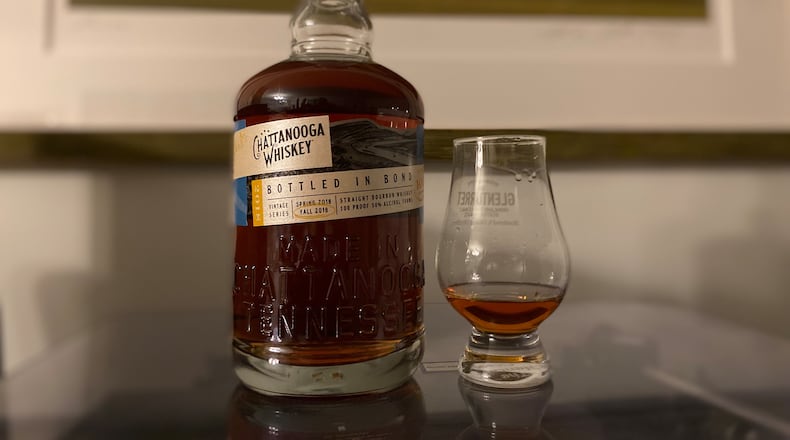As owners of restaurants and bars, we are familiar with distributors, suppliers and wholesale pricing. However, sometimes, the best way to get inspired is by wandering the aisles of a local bottle shop.
On a recent reconnaissance trip, we overheard a friend getting advice from a very enthusiastic clerk. We were familiar with the whiskey being discussed, but, unfortunately, it had fallen off our radar, despite being from a distillery that is within driving distance.
That distillery is Chattanooga Whiskey, with two locations just over the Georgia border in downtown Chattanooga, Tennessee.
The first location, Experimental Distillery, opened in 2015. It is a micro distillery and tasting room, across from the Chattanooga Choo Choo hotel, in the revitalized downtown. This location is open for tours and tastings daily.
The other location, a riverfront distillery, is a production facility, where most of the whiskey is made. A former car dealership, it also has an event space available for rent in the mid-century rotunda.
The folks behind the distillery, Tim Piersant and Joe Ledbetter, started in 2012, selling whiskey that originated in barrels selected from Indiana’s LDI distillery.
In the meantime, they were working on changing Tennessee’s distilling laws, in order to distill legally in Chattanooga. A bill was passed in 2013, and Experimental Distillery began production in 2015, the first time whiskey was made legally in Chattanooga in 100 years. The riverfront distillery came on line in 2017, distilling, aging and bottling their whiskies.
Now, to the whiskey that the aforementioned clerk was so excited about. It is Chattanooga Whiskey’s fall 2018 bottled-in-bond straight bourbon, part of their Vintage Series. Legally, bottled-in-bond means it has to come from one distillery, from one season (January to June, or July to December), be aged at least four years, and be bottled at 100 proof.
The Chattanooga fall 2018 release fills all those requirements, plus, it has a blend of unique mash bills. Bourbon, by federal law, has to be at least 51% corn in the blend of grains. Most distilleries use a much higher percent of sugar-rich corn in their distillate. Then, rye or wheat generally is added, with malted barley usually comprising 5% or less of the mix. Chattanooga Whiskey is using at least 25% malted grains across four different mash recipes.
Caramel malted barley, smoked malted barley, malted rye, caramel malted wheat and naked malted oats are just some of the grains that comprise what Chattanooga Whiskey calls its Tennessee high-malt style.
We noted how the high malt content gave the whiskey a creamy texture. Tasting it, we got flavors of cherry cola, peanut brittle, Brach’s maple nut goodies, cinnamon Red Hots and a hint of lime zest.
While the company’s seasonal selections do sell out, this one seems readily available, and is a bargain at around $50.
Sign up for the AJC Food and Dining Newsletter
Read more stories like this by liking Atlanta Restaurant Scene on Facebook, following @ATLDiningNews on Twitter and @ajcdining on Instagram.
About the Author
The Latest
Featured


